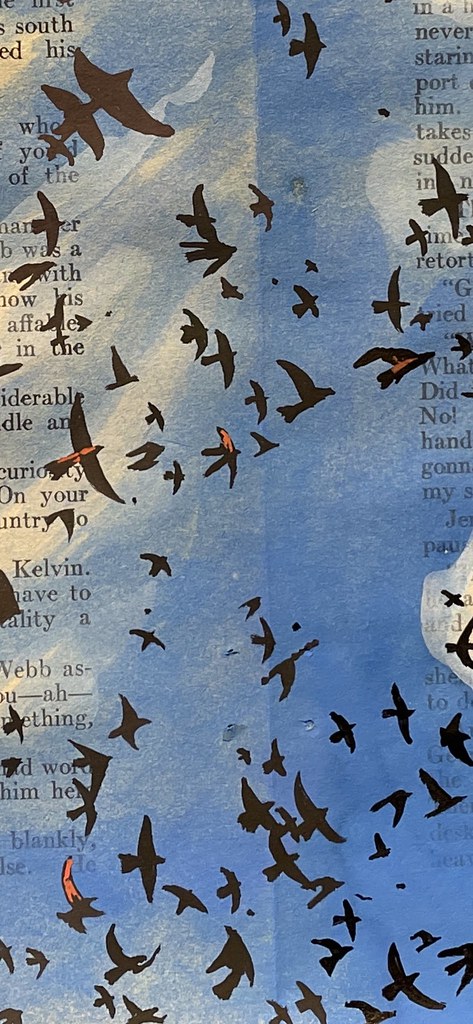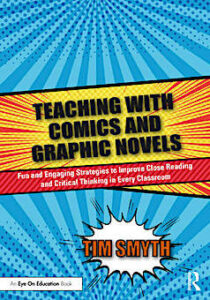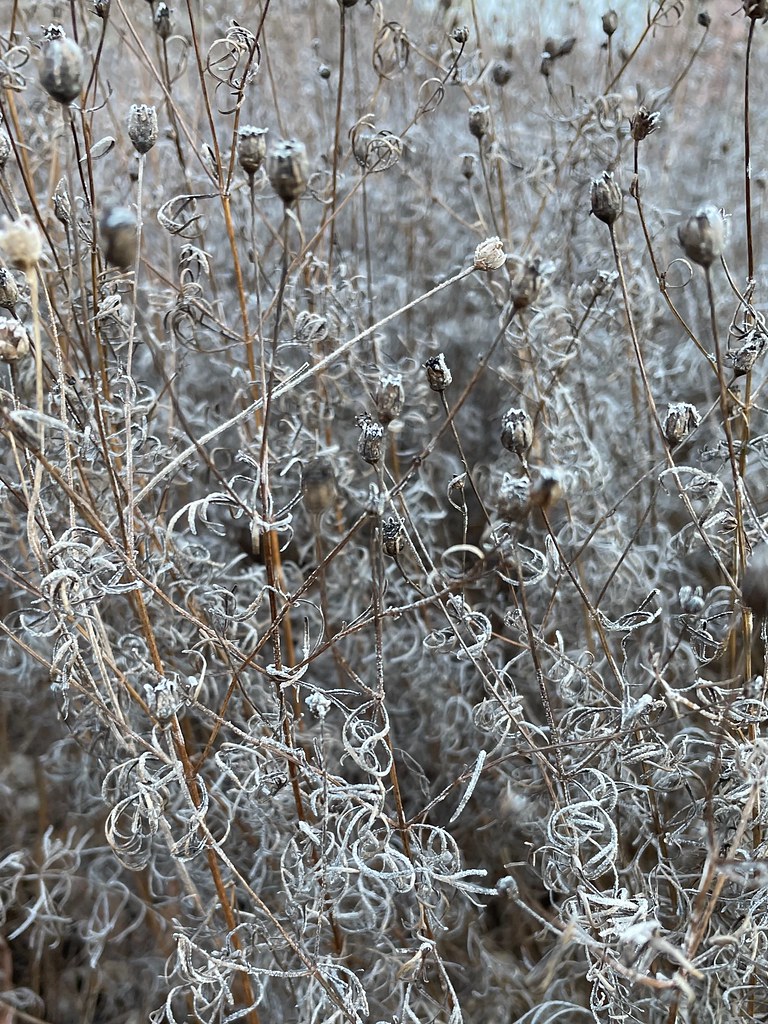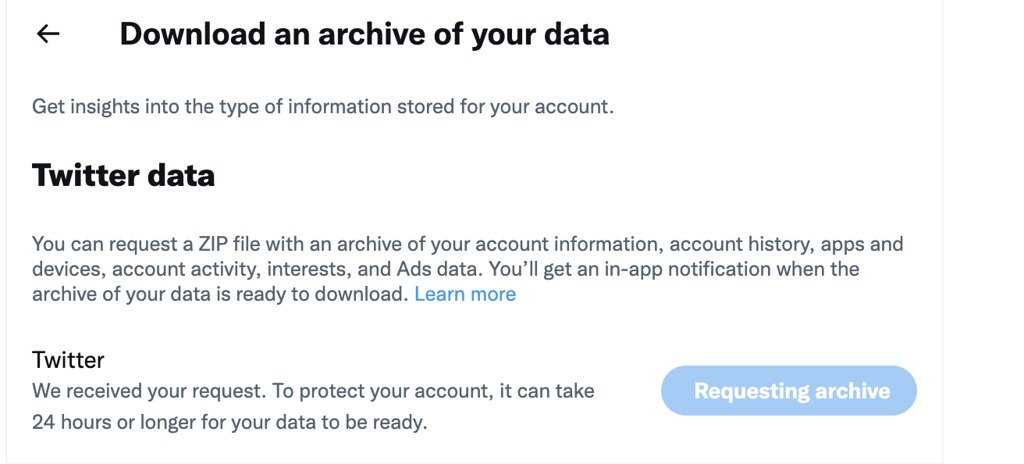It’s nice to see a female hero in the graphic novels for middle school readers. This first book in the 5 World series (which I only found out about through a Scholastic Book order) is a satisfying read on many levels. 5 Worlds: The Sand Warrior is a fast-paced adventure in which our protagonist — Oona Lee — must summon powers she does not know she has in order to start the process to save the worlds.
The story is rather complicated in a summary retelling, but I was not confused during the reading of it (except for all of the odd names of planets and such). While a familiar story arc ensues, I still was rooting for Oona Lee and her friends, and even when I figured out the twist facing her (it has to do with family), I thought the writers (lots of them, apparently) pulled it off quite nicely.
The concept of sand as power, and of how some, like Oona Lee, can summon the sand as magic, and then how that magic can transform a sand dancer into a sand warrior, worked just fine. I appreciated, too, the world building here, and the variety of strange characters — all with important back stories that you can see might unfold in later chapters of the tale.
This book would appeal to girls and boys, in equal measure, and that shows the power of a good graphic novel, where the colorful art matches perfectly with the story on the pages. I’m looking forward to where the story goes from here — there are now five books in the series, I see.
Peace (in magic and sand),
Kevin












